Groundcover plants are what they sound like: they’re plants that cover the ground! Many groundcover plants are flowering, so they bring beautiful color to the landscape. They tend to grow lower to the ground, though some have flowers that rise, adding height and texture.
However, we don’t just grow groundcover plants for ornamental purposes—there are so many unexpected benefits and functions of these versatile plants! Here’s our guide on strategically using groundcover plants, plus a list of some of our favorite varieties for Moultonborough.
The Many Functions of Groundcover Plants
They’re not just for show—these useful plants have so much to offer! Here’s why we love them:
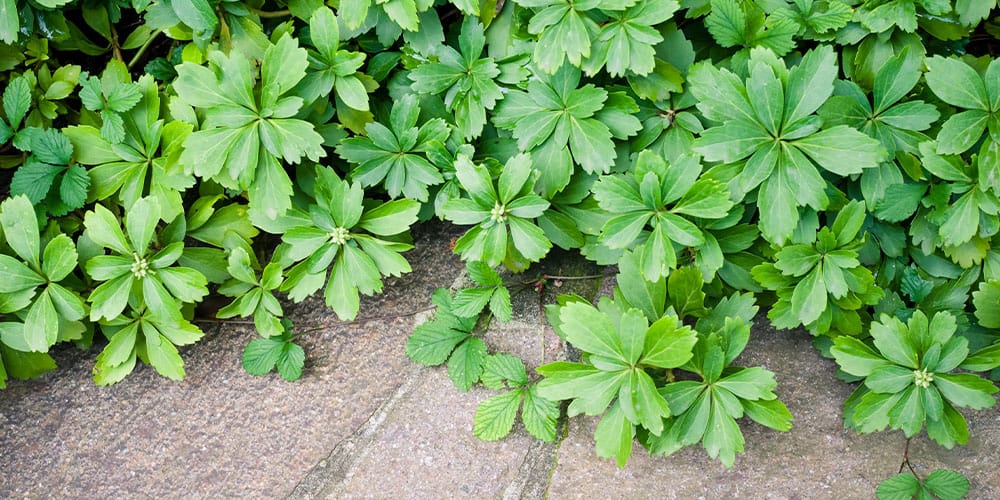 Erosion Control
Erosion Control
Sloping terrains can become unstable in periods of heavy rain, and they can shift and erode over time. groundcover plants grow in lush, thick mats, and their root networks help stabilize the terrain and hold it in place. If you’ve got a sloped yard or you’re worried about mudslides after big storms, planting groundcovers will really help!
Weed Control
The lush, spreading habit of groundcovers can fill up lots of surface area in the garden, even around other taller landscape plants; this makes it difficult for weed seeds to find a free spot to take hold. It’s a great way to prevent weeds; no herbicides or hand-pulling required!
 Flood Control
Flood Control
Groundcover plants absorb far more moisture than grass. If we’re experiencing a lot of rain, they help absorb the extra moisture, preventing pooling and excess runoff. They’re also great for the bottoms of slopes since extra moisture will travel downward and pool at the lowest points.
Soil Temperature Control
By shielding the soil’s surface, your groundcovers help block the sun from evaporating moisture and drying out the soil. They act like a living mulch for landscape plants!
Low-Maintenance Lawn Alternatives
Tired of mowing the lawn? Reduce your lawn size and plant some groundcovers! They’re just so much more interesting to look at than plain grass, and the local pollinators will be very grateful for the extra food source.
Creeping Plants for Rock Gardens
If you want to plant a rock garden, or if you’ve just got a particularly rocky yard, creeping plants are a great option. Varieties like creeping phlox and sedum are perfect for rock gardens, adding vibrant pops of color to balance out neutral stone shades.
 The Best Groundcover Plants for New Hampshire Gardens
The Best Groundcover Plants for New Hampshire Gardens
Here are some gorgeous flowering groundcovers to complete a perfectly balanced landscape design in Moultonborough and surrounding areas:
Lamium: Striking foliage is typically frosted with either silver or gold, bringing incredible dimension to the landscape. Its flowers are like tiny snapdragons in shades of light pink and purple.
Low Bush Blueberry: This native blueberry plant stays low to the ground and doesn’t get too bushy but still produces plenty of those delicious edible berries! It’s also native to New Hampshire, so it’s incredibly low-maintenance and easy to cultivate!
Pachysandra: The cool green foliage of Pachysandra is just so lush and thick—it’s perfect for covering the soil around trees! It’s nice and low-growing, and its tiny, frilled white flowers are downright adorable.
Creeping Myrtle: Not to be confused with the shrub Myrtle or the Crepe Myrtle, this groundcover is actually a type of Vinca. Its gorgeous icy-blue flowers appear in spring, and its low-growing emerald foliage brings a splash of rich jewel tones to the scenery. It makes a fabulous lawn alternative and looks amazing around taller landscape plants.
Creeping Phlox: The flowers of this creeping perennial plant are so plentiful that you can barely see the foliage when it’s in bloom! Create a carpet of candy-colored beauty with creeping phlox that blooms in shades of pink, purple, and blue.
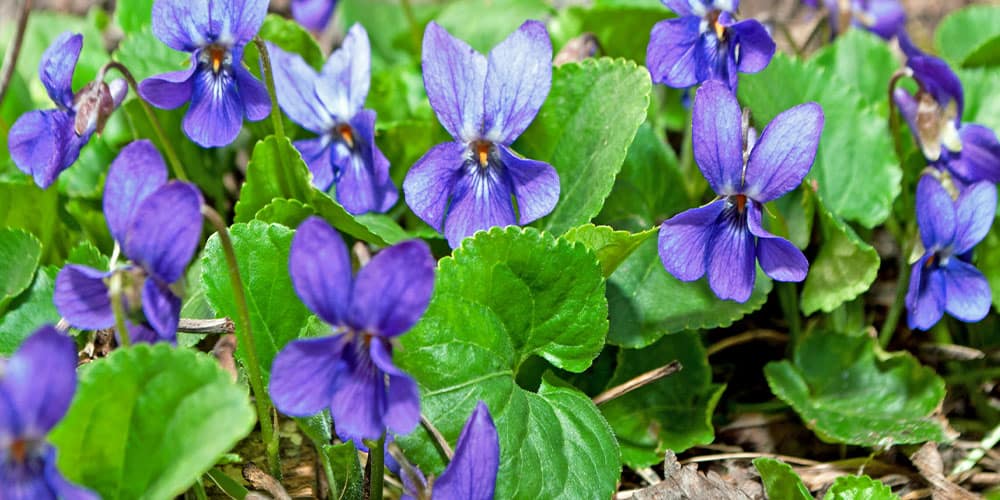 Violets and Violas: On top of being beautiful, these spreading flowers are edible! If you haven’t treated them with chemicals, you can pop off those blooms, give them a rinse and add them into pretty cocktails, salads, and desserts.
Violets and Violas: On top of being beautiful, these spreading flowers are edible! If you haven’t treated them with chemicals, you can pop off those blooms, give them a rinse and add them into pretty cocktails, salads, and desserts.
Sedum: This perennial groundcover is actually a succulent! Its fleshy foliage is available in a stunning spectrum of shades, and depending on your chosen variety, they may bloom in spring, summer, or autumn.
Looking to pick up some groundcovers near Moultonborough? Visit the garden center at Stephens Landscaping Garden Center and explore these and many more groundcovers ready to plant now! Follow us on Facebook or Instagram for updates and featured products.


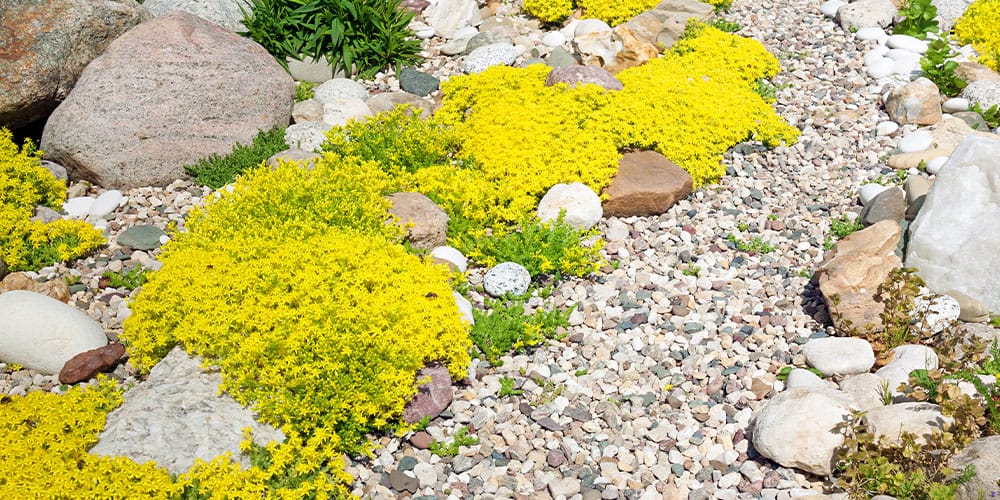 Flood Control
Flood Control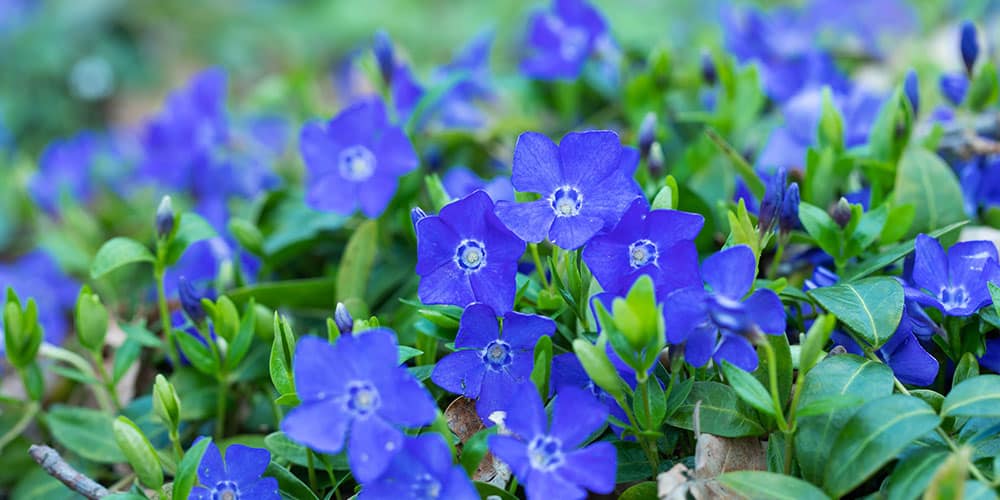 The Best Groundcover Plants for New Hampshire Gardens
The Best Groundcover Plants for New Hampshire Gardens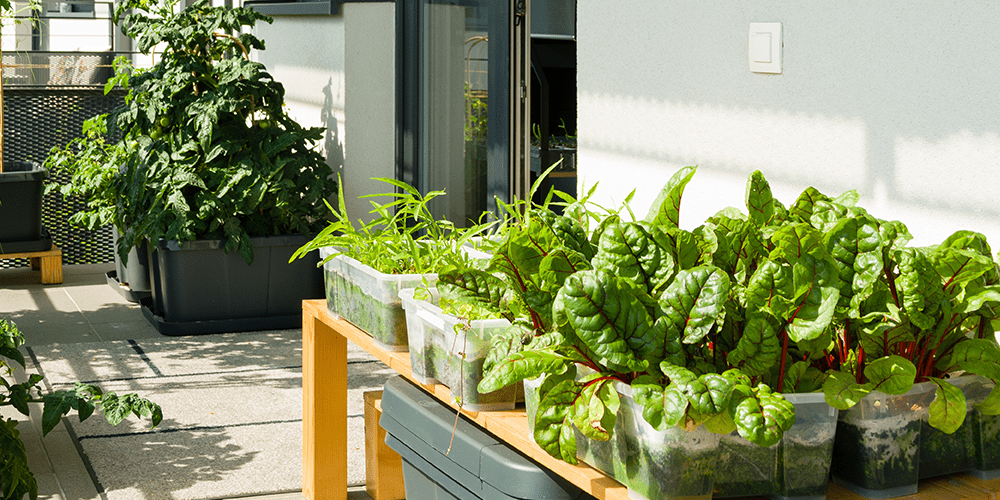 Growing Food Becomes Easy and Accessible with Container Gardens
Growing Food Becomes Easy and Accessible with Container Gardens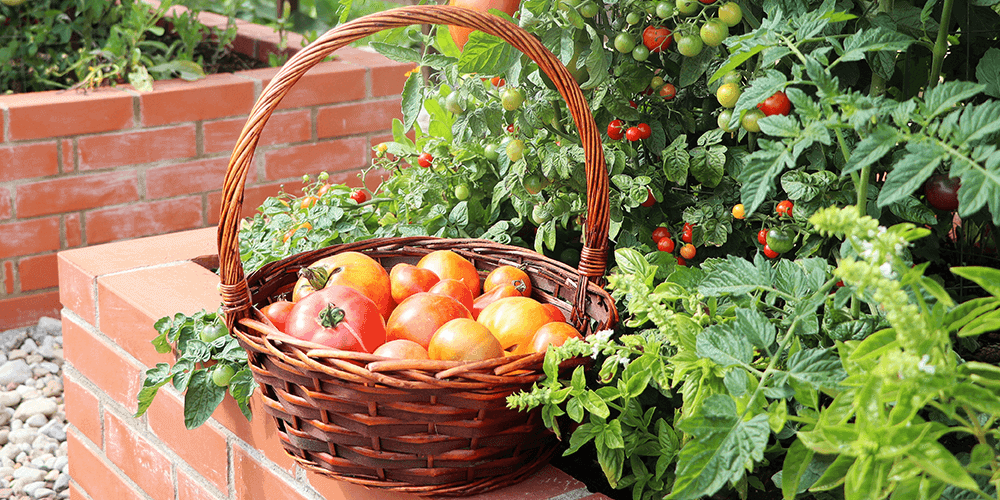 Tomatoes
Tomatoes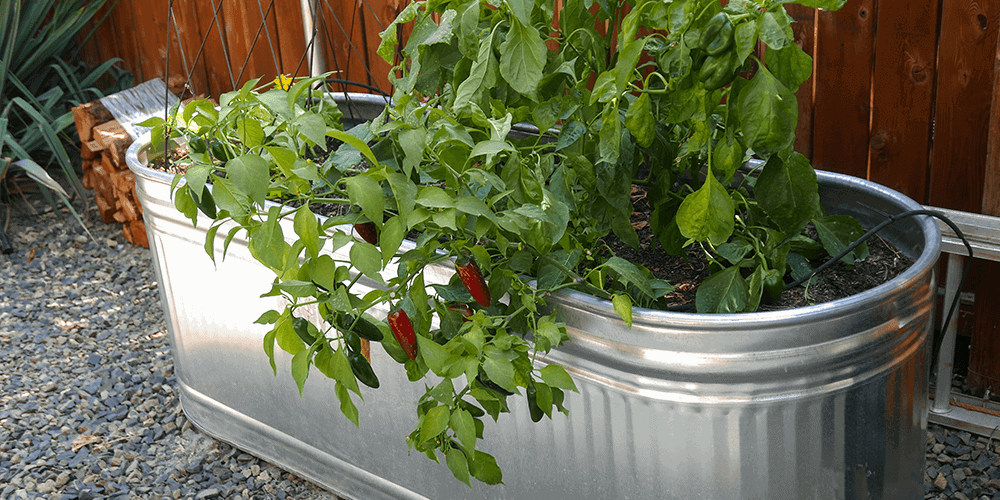 Peppers
Peppers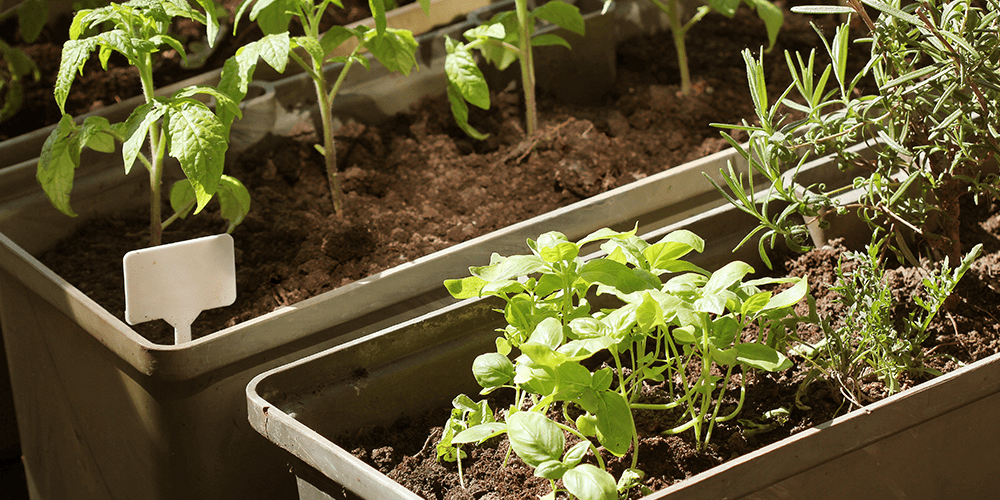 Delicious Herbs for Container Gardens
Delicious Herbs for Container Gardens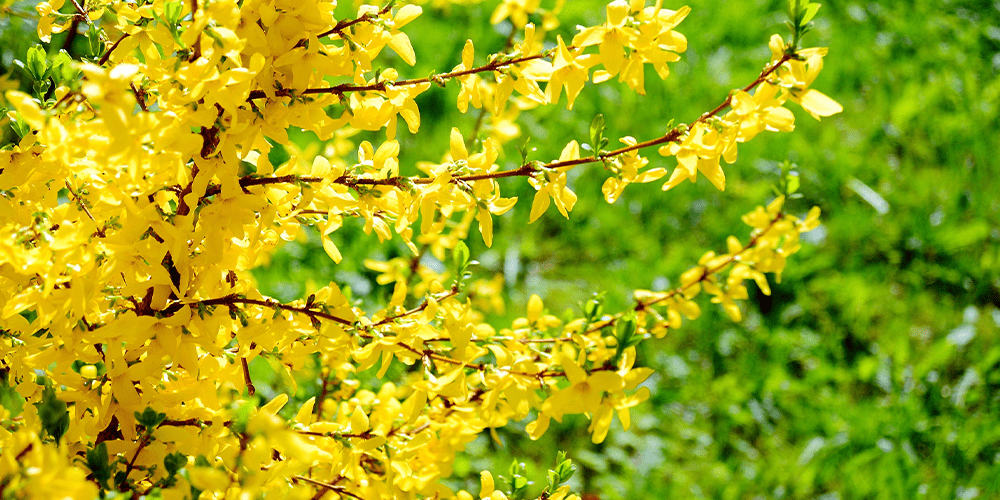 Forsythia
Forsythia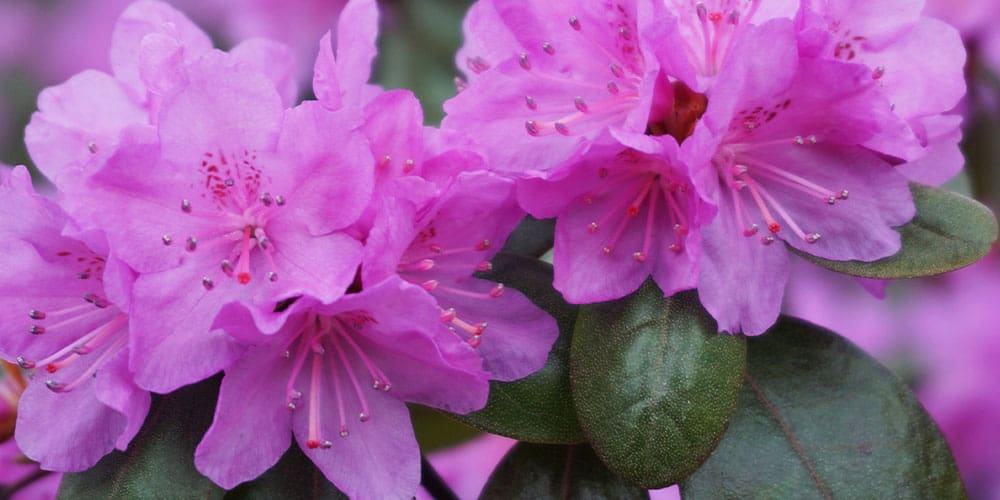 PJM Rhododendron
PJM Rhododendron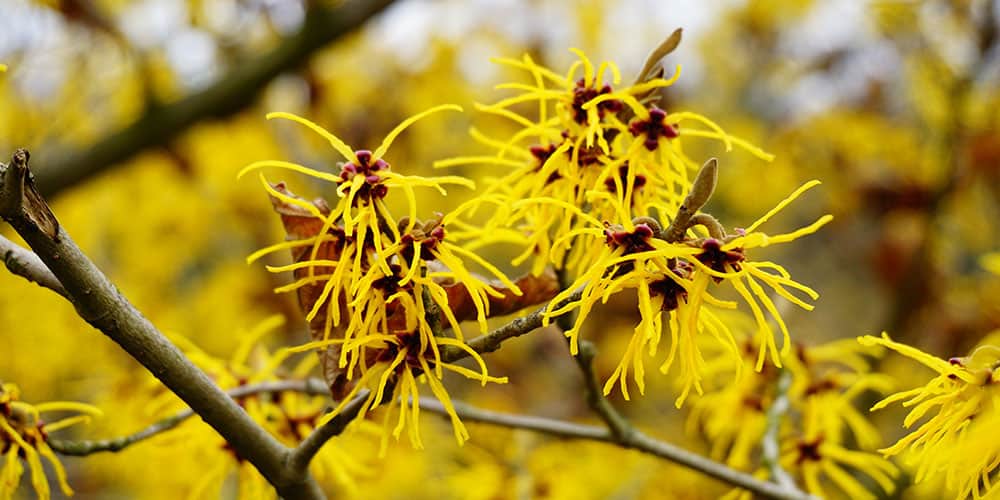 Witch Hazel
Witch Hazel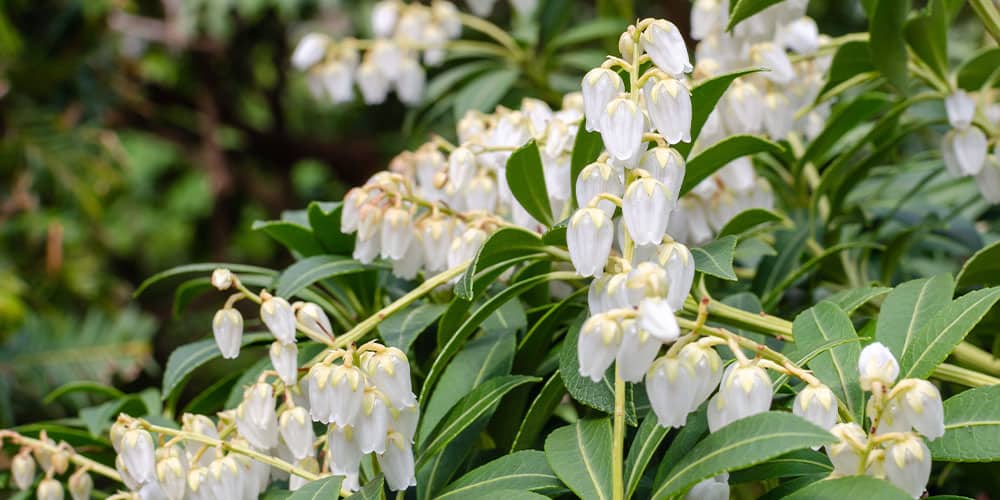 Pieris
Pieris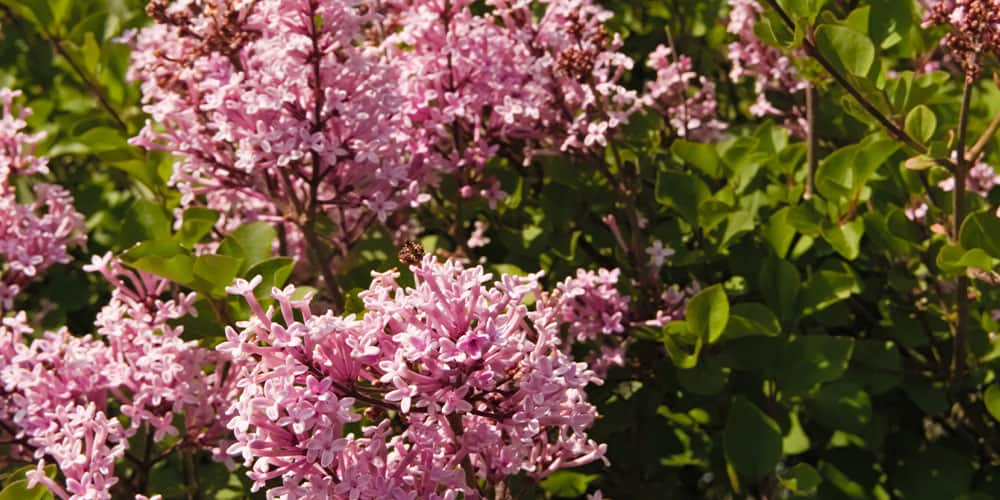 Dwarf Korean Lilac
Dwarf Korean Lilac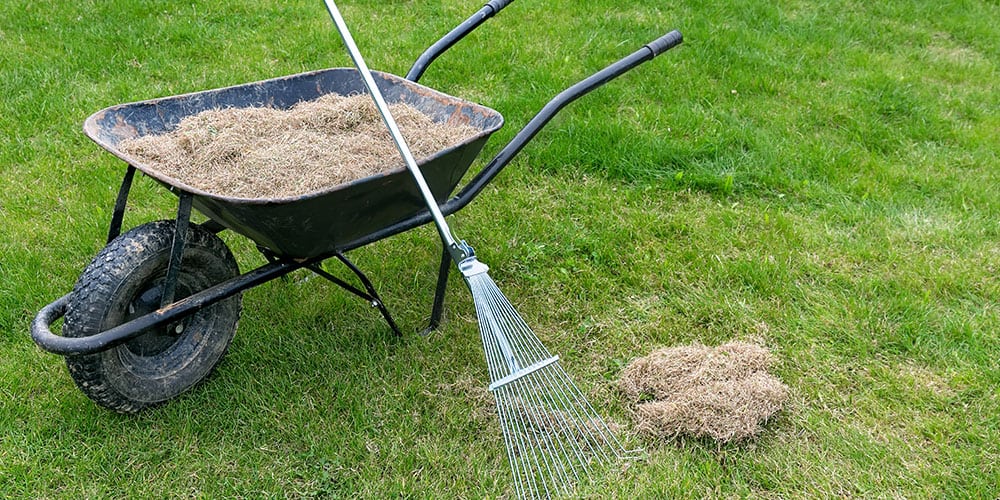 Dethatch and Aerate the Lawn
Dethatch and Aerate the Lawn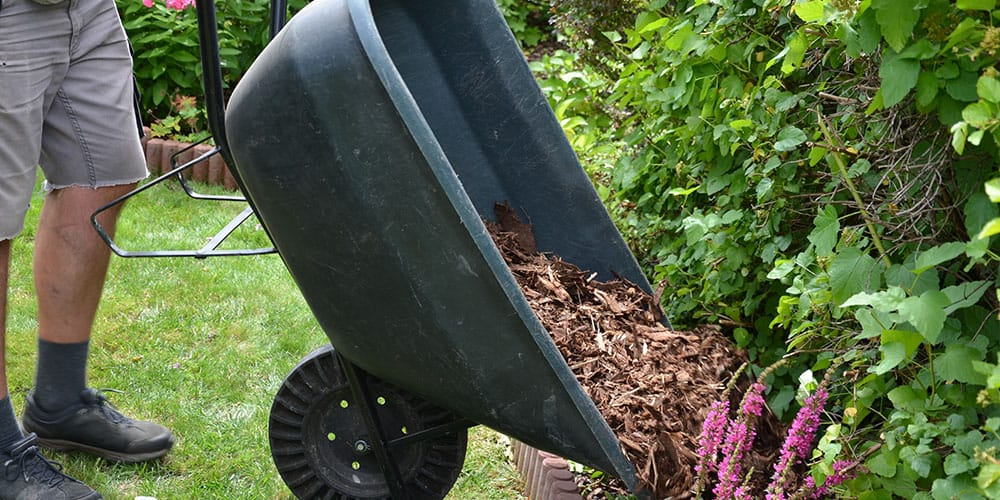 Replace Old Mulch
Replace Old Mulch 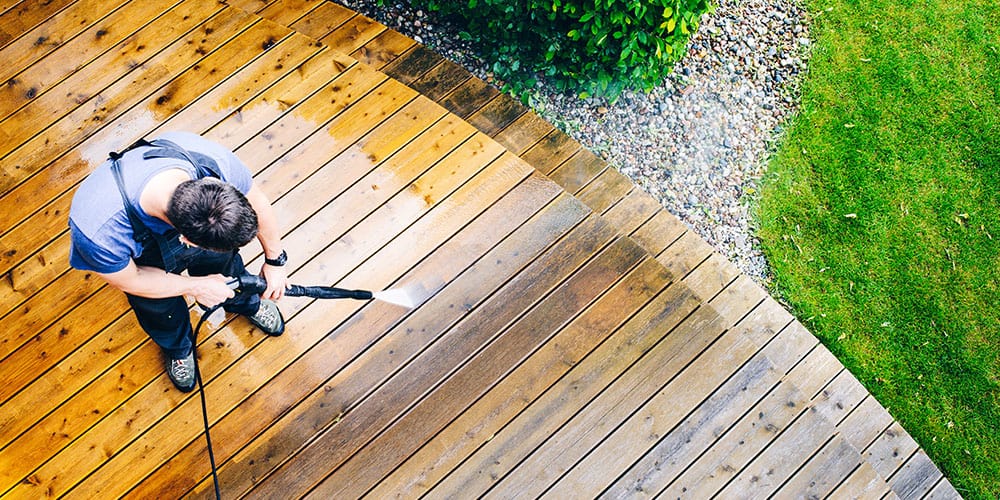 Power Wash the Hardscapes
Power Wash the Hardscapes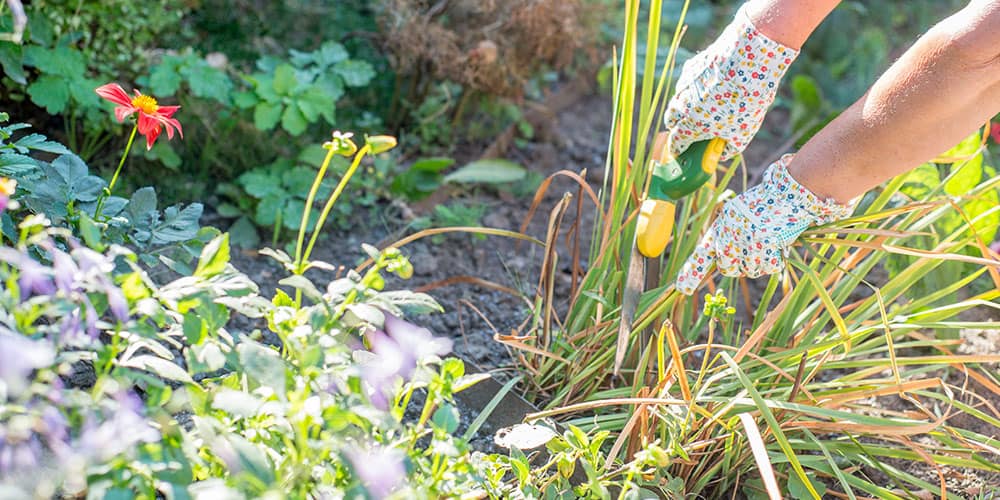 Cut Back Your Perennials
Cut Back Your Perennials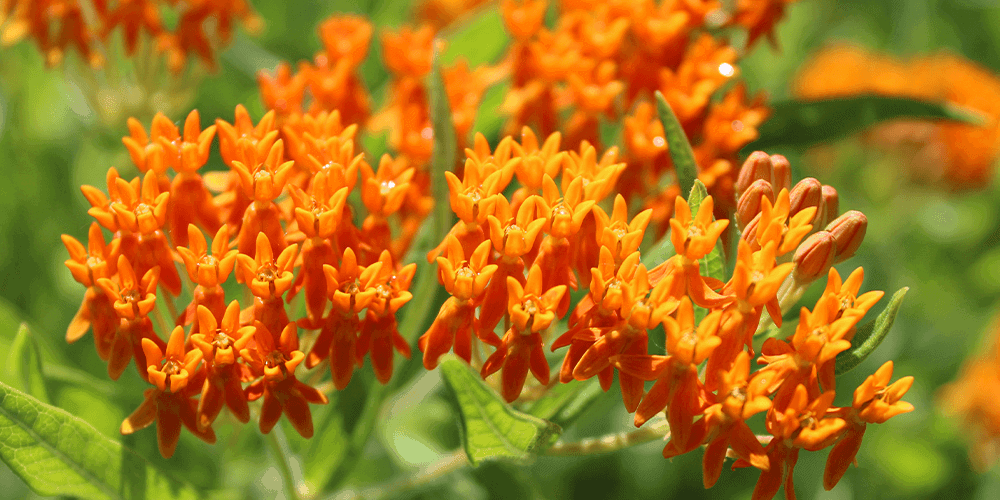 Butterfly Weed
Butterfly Weed 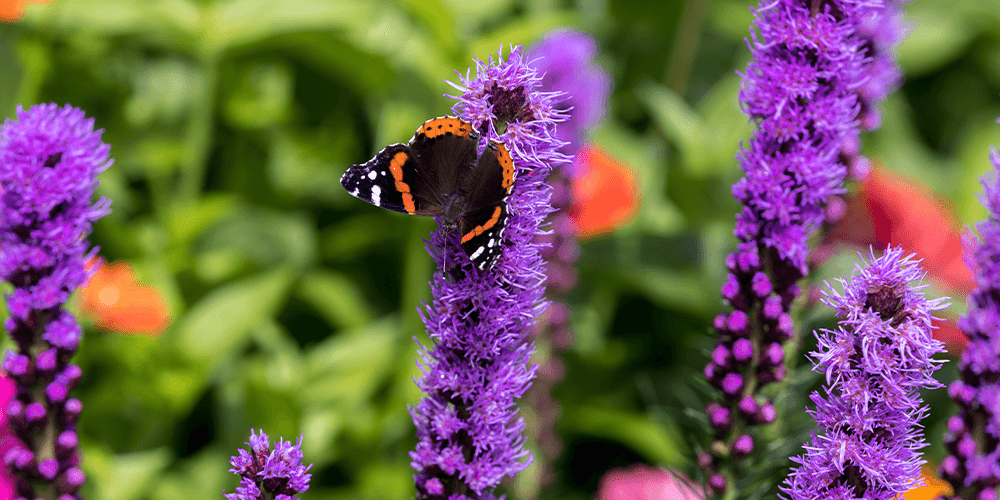 Blazing Star
Blazing Star Woodland Phlox
Woodland Phlox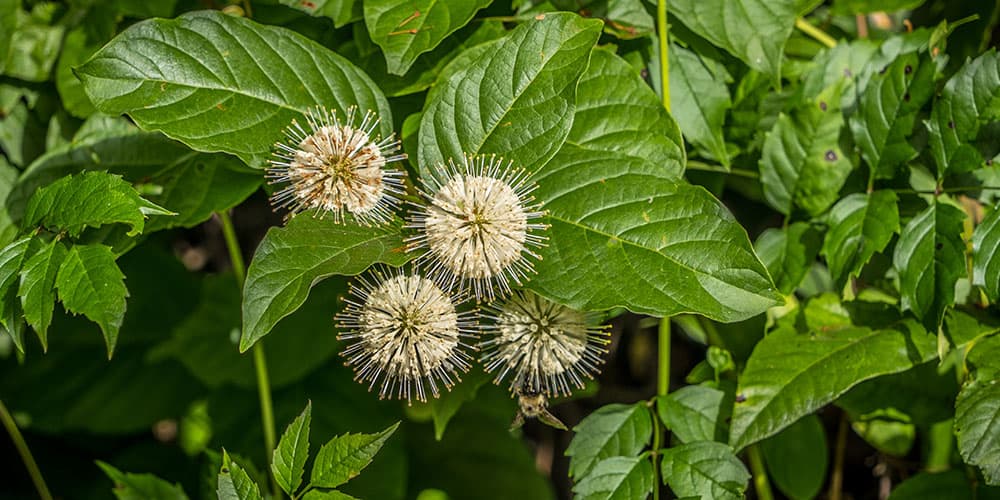 Buttonbush
Buttonbush